Introduction
Do Parakeets Fight Each Other: Parakeets, also known as budgerigars, are charming and sociable birds that have captivated bird enthusiasts for generations. These small parrots are often kept as pets due to their playful nature and striking plumage. However, like many social animals, parakeets can exhibit various behaviors, and one question that often arises is whether parakeets fight each other. Into the fascinating world of parakeet interactions, Their occasional squabbles and how parakeet owners can ensure a harmonious coexistence among these colorful avian companions. Parakeets, with their vibrant hues and lively personalities, are a popular choice among bird lovers.
Their ability to mimic sounds, including human speech, makes them entertaining households around the world. Yet, like any community, parakeets have their dynamics, and conflicts can occasionally arise within flocks or pairs. Intriguingly, parakeet disputes are not always hostile in nature, and understanding their underlying motivations can shed light on these interactions. Whether it’s over territory, resources, or simply asserting dominance, parakeets engage in a variety of behaviors that may appear aggressive to the untrained eye. However, beneath the apparent discord lies a complex tapestry of social interactions and communication.
In this fascinating realm of parakeet behavior, delving into the reasons behind their conflicts, the signs of aggression, and strategies to promote a harmonious environment for these captivating birds. Understanding how parakeets interact with each other is essential for providing them with the best possible care and ensuring a peaceful coexistence in both the wild and captivity. Parakeets, often seen as delightful and spirited avian companions, are creatures of intricate social dynamics. Whether you have a single parakeet or a flock of them, observing their interactions can be both entertaining and enlightening.

Is it normal for parakeets to fight each other?
Parakeets are rarely aggressive by nature, their burst of temper will come and go quickly. They may fight over food, and will often clash briefly over friends, toys or territory; but all of this is normal in parakeet society. 99% of the time, these aggressive outbursts are to do with food, personal space or mating.
Yes, it is normal for parakeets to engage in various forms of interaction, including occasional squabbles or fights. Parakeets are highly social birds, and like any social species, they establish hierarchies, communicate, and sometimes compete for resources within their group or pair.
Parakeet disputes can range from mild disagreements to more intense conflicts. These interactions often revolve around factors such as access to food, perching spots, or attention from a favored mate. Some behaviors that might be mistaken for fighting include beak pecking, chasing, or even temporary spats over territory.
It’s essential to recognize that not all parakeet interactions are hostile or aggressive. These birds also engage in positive social activities like grooming each other and vocalizing together, strengthening their bonds.
Should I stop my parakeets from fighting?
Budgies can be territorial when it comes to their cages, so don’t allow your little birds to play together in one or the other’s cage or anywhere that one has claimed as her own area. Only let them play together in neutral territory, and continue to supervise them so you’ll be close at hand if a fight breaks out.
Assess the Situation: First, observe the fights closely to understand their triggers. Are they fighting over resources like food or perching spots? Are there particular individuals involved in most conflicts?
Provide Adequate Resources: Ensure your parakeets have enough food, water, perches, and toys to minimize competition for these essential resources. Multiple feeding and water stations can help.
Expand Their Space: If your parakeets are in a cage, consider upgrading to a larger one to reduce territorial disputes. Offer various perching options at different heights to minimize hierarchy-related conflicts.
Monitor New Additions: If you introduce new parakeets to an existing group, do so gradually and keep a close eye on their interactions during the initial integration period.
Separation: In extreme cases where aggression persists and poses a risk to the safety of your birds, you may need to separate the individuals involved temporarily.
Consult an Avian Veterinarian: If fights continue despite your efforts, consult with an avian veterinarian or a bird behavior specialist for further guidance and potential health assessments.
Why are my parakeets fighting?
If they are placed into another’s cage, the original bird may seek to bond or mate too quickly. Either may then attack the other. In natural situations, the hormone levels of mature males and females are in sync, so that both will be ready to mate at the same time.
Territorial Disputes: Parakeets are territorial creatures, and conflicts can arise when they perceive a limited amount of space or specific areas within their cage as their territory. Providing a larger cage with multiple perches and resources can alleviate this issue.
Resource Competition: Food, water, and toys can be sources of contention among parakeets. Ensure an adequate supply of these resources to minimize competition.
Hierarchy Establishment: In a group of parakeets, a hierarchy often forms, with some individuals establishing dominance over others. This natural behavior may lead to occasional disputes until the pecking order is established.
Mating Behavior: During the breeding season, hormonal changes can intensify conflicts among parakeets, particularly if multiple males are competing for the attention of a female.
Personality Clashes: Just like people, parakeets have individual personalities. Some may be more assertive or territorial, leading to clashes with their cage mates.
Stress or Illness: Sometimes, underlying stressors or health issues can contribute to increased aggression or irritability in parakeets. Ensure that your birds are in good health and provide a calm, stress-free environment.
Will two female parakeets fight?
Because females are more prone to territorial fighting over space, it is less advisable to keep two females together. Female parakeets bicker more among themselves, stand their own ground, and their disruptive arguing leads to squawking beak duels that disrupts everyone.
Compatibility: The personalities of the parakeets play a significant role. Some parakeets are naturally more assertive or dominant, while others are more laid-back. Compatibility in terms of temperament can greatly influence whether they get along or engage in disputes.
Space and Resources: Ensuring an adequately spacious cage with multiple perches, food and water stations, and toys can reduce potential conflicts over territory and resources.
Stress and Hormones: Stressors, such as overcrowding or changes in their environment, can contribute to fights among female parakeets. During breeding season, hormonal changes may increase tension among cage mates.
Socialization: Introducing two female parakeets properly and gradually, allowing them to get used to each other’s presence, can promote a more peaceful coexistence.
Is it better to have 2 budgies or 1?
A pair of budgies will, generally, be happier than a single budgie. They are sociable birds, and in the wild they live in large flocks. Two birds, and a couple of mirrors, will recreate the contact and noise of a flock albeit a very small one.
Companionship: Budgies are highly social birds and thrive on interaction. If you can provide them with sufficient attention, mental stimulation, and social interaction, a single budgie can lead a happy life. However, if you’re unable to spend significant time with your pet, having two budgies can prevent loneliness and provide companionship for each other.
Behavior and Socialization: Two budgies can keep each other entertained and engaged, reducing the chances of boredom-related behavioral problems. They often preen at each other, chatter, and play, which can be a joy to watch.
Responsibility: Having multiple birds means more responsibility in terms of care, cleaning, and ensuring they get along. Be prepared to dedicate time and resources to meet the needs of both birds.
Compatibility: Not all budgies get along, so it’s essential to introduce them gradually and be prepared for the possibility that they may not bond well.
Space and Cage Size: If you decide on two budgies, ensure you have a spacious cage that provides ample room for both birds to move around comfortably.
How do you punish a parakeet for biting?
The best thing you can do if your bird bites is to gently put the bird down just like giving a time-out to a child having a tantrum and walking away. Try not to acknowledge the behavior.
Understand the Cause: Try to identify the reason behind the biting. Is it due to fear, territorial behavior, or feeling threatened? Understanding the cause can help you address it more effectively.
Positive Reinforcement: Reward good behavior. Offer treats and praise when your parakeet behaves well, reinforcing the idea that positive behavior is rewarded.
Socialization: Spend quality time with your parakeet to build trust and strengthen the bond between you. Slowly and gently introduce your hand and interact with your bird in a non-threatening manner.
Desensitization: Gradually desensitize your parakeet to situations or objects that trigger fear or aggression. Start with non-threatening interactions and gradually build up to more challenging ones.
Consult an Avian Expert: If biting behavior persists or becomes a safety concern, consider seeking advice from an avian veterinarian or a professional bird behaviorist who can provide specialized guidance and training techniques.
How do you grab a scared parakeet?
Open the cage door and place the hand towel over the budgie. Use the towel to gently restrain the bird as you remove him from the cage. Hands should be for playing and cuddling, not chasing your little bird around the cage. He will associate the towel with being grabbed, not your hand.
Approach Calmly: Move slowly and quietly toward the parakeet, avoiding sudden movements or loud noises that could startle it further.
Use a Soft Voice: Speak in a soothing, calm tone to help reassure the parakeet and let it know you mean no harm.
Use a Towel or Cloth: If the parakeet is extremely frightened or aggressive, you may use a small, soft towel or cloth to gently cover it. Ensure that the fabric is clean and chemical-free. Carefully drape the towel over the bird, leaving its head visible.
Secure the Bird: Once the parakeet is covered, gently but firmly grasp the bird through the towel. Hold it with a secure yet gentle grip, taking care not to squeeze or harm the delicate bones.
Move Slowly: Lift the parakeet slowly and smoothly, avoiding any sudden or jerky movements. Keep a firm but gentle hold on the bird.
Provide Support: Ensure that you are supporting the parakeet’s body securely, so it feels safe and comfortable in your hand.
Offer Treats: After handling, offer the parakeet a favorite treat or reward to create positive associations with being held.
Will 2 male budgies fight?
It’s not a good idea to keep two males together. There are sometimes exceptions where they do bond like a gay couple but it’s rare. Usually they will fight and injure each other.
Compatibility: The personalities of the individual budgies play a significant role. Some males are more dominant or territorial than others, while some are more laid-back. Compatibility in terms of temperament can greatly influence how well they get along.
Space and Resources: Ensure your cage is spacious enough to allow both birds to have their territories and resources. Multiple perches, food and water stations, and toys can help reduce competition and conflicts.
Socialization: Properly introducing and socializing two male budgies is crucial. Gradual introductions and supervised interaction can help them establish a positive relationship.
Territorial Behavior: Males can be territorial, especially during breeding season. Providing a large enough cage and monitoring their behavior can prevent territorial disputes.
Neutering: Some owners choose to neuter one of the males to reduce aggression and territorial behavior, but this is not always necessary and should be discussed with an avian veterinarian.
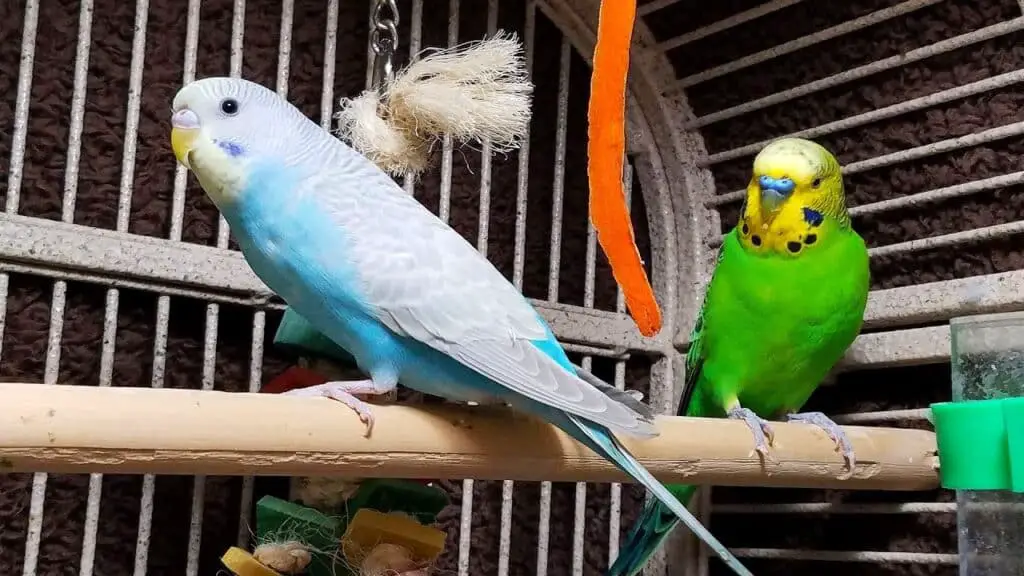
Conclusion
Whether parakeets fight each other is a fascinating aspect of their social behavior. Parakeets, with their striking plumage and playful personalities, can indeed engage in various forms of interaction, which may sometimes appear as conflicts to human observers. These interactions often revolve around competition for resources, territory, or social hierarchy. It’s crucial to recognize that not all parakeet interactions are hostile or aggressive. Many of these encounters are simply part of their complex social dynamics and communication methods.
Understanding the motivations behind parakeet conflicts can help us appreciate the intricate world of these charming birds. For parakeet owners, creating a suitable environment with ample resources, including food, water, and space, is essential in promoting peaceful coexistence among their avian companions. Providing mental and physical stimulation through toys and social interactions can help reduce the likelihood of serious conflicts. While parakeets may have their occasional disagreements, these colorful and charismatic birds can thrive in an environment.
That fosters harmony and offers them the opportunity to showcase their delightful personalities, making them cherished members of many households around the world. Lively and captivating birds, known for their vibrant plumage and charming antics, do engage in various forms of interactions within their flocks or pairs. These interactions, however, are not always hostile, as they can serve multiple purposes, from communication to asserting dominance and establishing hierarchies. As responsible parakeet owners, understanding the underlying reasons behind parakeet conflicts is vital.

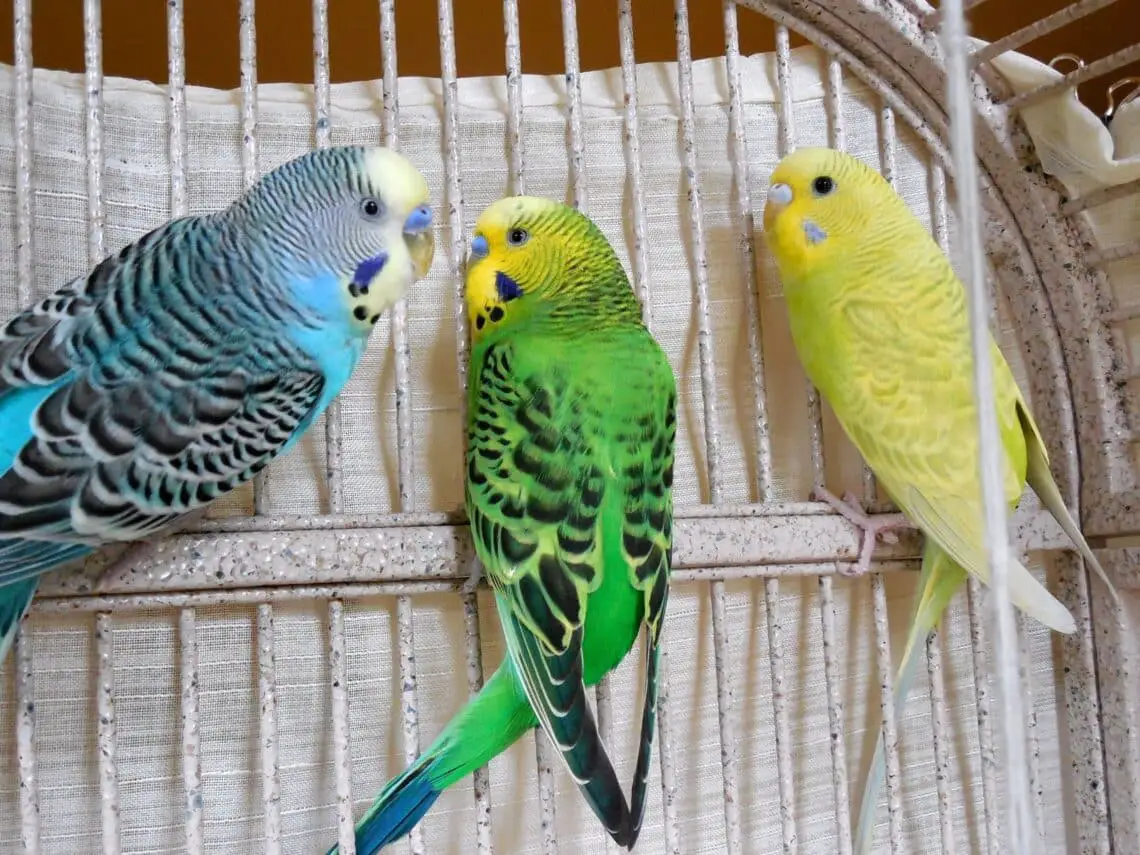
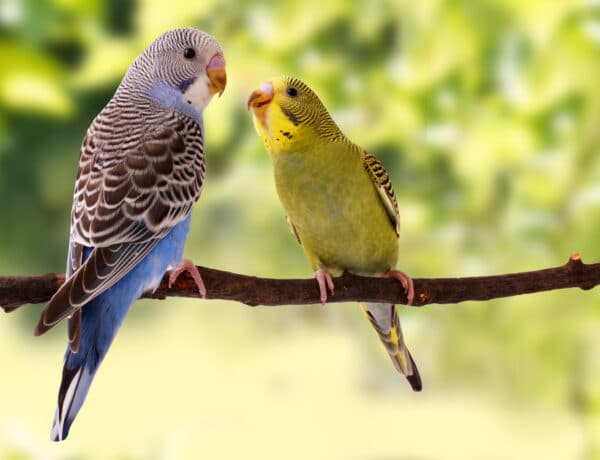
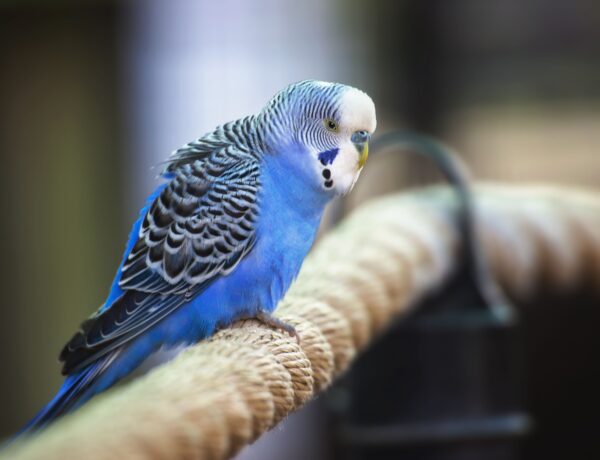
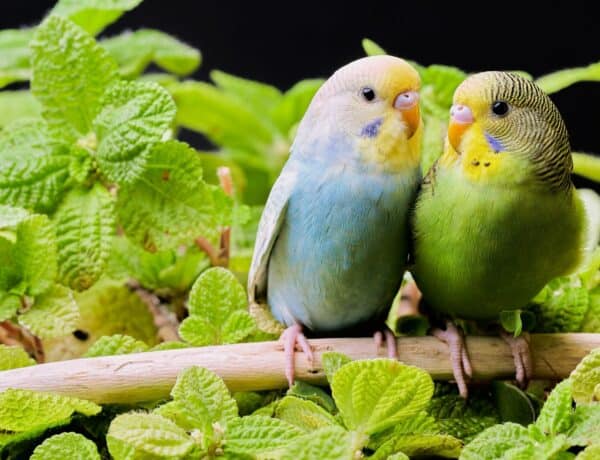
No Comments